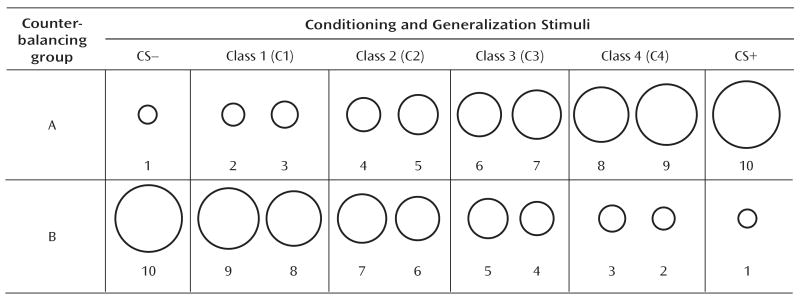FIGURE 1. Conditioning and Generalization Stimuli in a Study of Overgeneralization of Conditioned Fear in Panic Disordera.
a Participants were counterbalanced into two groups. For half of participants (group A), the largest ring was the conditioned danger cue (conditioned stimulus paired with shock, CS+) and the smallest was the conditioned safety cue (conditioned stimulus unpaired with shock, CS−), and for the other half (group B) this was reversed. The numerals below the rings label the stimuli from smallest to largest. As was done previously by Lissek et al. (9) to avoid an unduly large number of trials while maintaining a gradual continuum of size across rings, each of two intermediaries were collapsed into a single class of stimulus, leaving four classes of generalization stimuli. For both counterbalancing groups A and B, these classes of generalization stimuli are numbered such that class 4 consists of the two rings closest in size to the conditioned danger cue (rings 8 and 9 for counterbalancing group A, rings 3 and 2 for group B), and classes 3, 2, and 1 consist of rings progressively increasing in similarity to the conditioned safety cue. The diameter for the smallest ring (ring 1) was 2.00 inches, and diameters of subsequent rings increased progressively by 15%, such that ring 2 was 15% larger than ring 1 (diameter=2.30 inches), ring 3 was 30% larger than ring 1 (diameter=2.60 inches), ring 4 was 45% larger than ring 1 (diameter=2.90 inches), and so on (through 4.70 inches).

